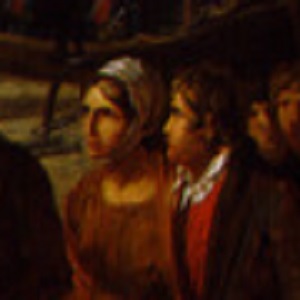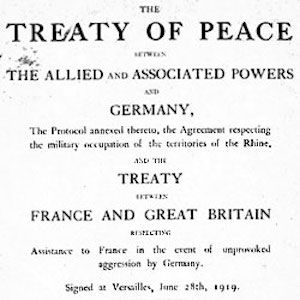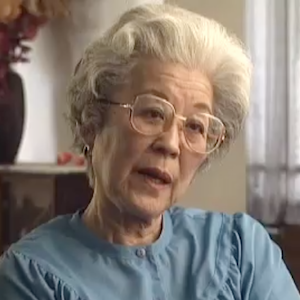War

The Blood of the Murdered Crying for Vengeance
Yet another English image promising that the death of Louis will bring havoc on the French Revolution. This engraving indicates that the very blood of the King requires vengeance.

Description of the Chouans and Other Counterrevolutionaries
The counterrevolution was a very large movement that would over time engulf different parts of France from 1793 into the Napoleonic period. But it was not one thing, for many regions of different ideologies were involved.

The Cap Français Fire
In June 1793, the French governor of Saint Domingue, Thomas–François Galbaud, tried to raise a revolt of the whites against republican commissioners sent from France. To defeat him, the commissioners promised freedom to the slaves who would fight on their behalf.

Revolutionary France 1799
Map of Europe in 1799 depicting Revolutionary France, territories occupied by French forces, and Sister Republics.
This source is a part of the The Napoleonic Experience teaching module.

The Battle of Waterloo as Seen by an Ordinary British Cavalryman
At the Battle of Waterloo, Dickson (1789–1880) was a corporal in a Scottish cavalry troop. He had enlisted in 1807. His reminiscences of the battle were written down by relatives years later.

The Fatherland in Danger
This painting of the period by Gillaume Guillon Lethière shows the emotion caused by the prospect of loved ones departing for the army. Women had to part with their families in order to support the nation in its time of need. Notice the female statue overlooking the scene.

Reagan at the Berlin Wall
On June 12, 1987, President Ronald Reagan gave an historic speech to the people of Berlin.

Debris of the French Army Returning to the Fatherland
Here, as in other critical images, reversal plays an important role. Proud soldiers have given way to a bedraggled collection of men, far removed from their former glory.

Treaty of Versailles
The Treaty of Versailles at the end of World War I was intended to usher in a world of peace based on the principle of national self-determination. World War II broke out 20 years later.

Japanese American Incarceration at Manzanar, California, Interview Part 2
Aiko Herzig-Yoshinaga is a Nisei (2nd generation) Japanese American born in 1925 in Los Angeles. She was incarcerated at Manzanar, California, and later Jerome and Rohwer, Arkansas.